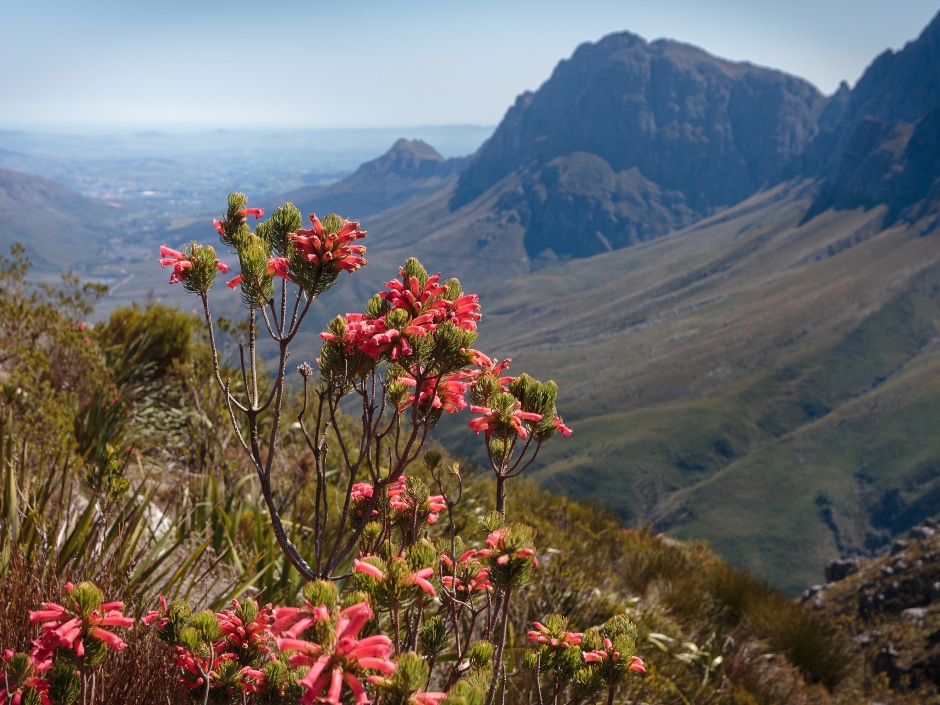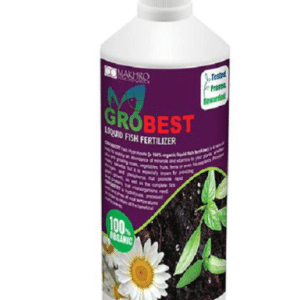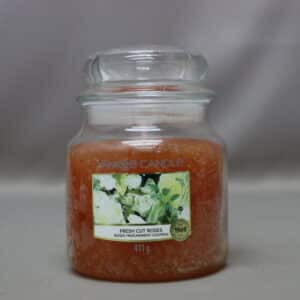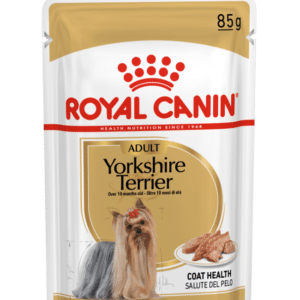All about Ericas
Indigenous and fynbos

If you’ve walked in the Cape mountains, you would likely have noticed the beautiful indigenous ericas growing in abundance. Mostly small woody shrubs, they are best recognised by their extraordinary flowers, which look almost artificial. Shaped like miniature bells, their curved or puffed-up tubes come in a variety of colours ranging from white to purple, depending on the species. The leaves are tiny and needle-like and arranged in small tufts.
While they are indigenous to the Western Cape, they can also be grown inland, as long as you choose the right species and growing conditions.
WHAT ERICA TO GROW IN YOUR GARDEN
The following erica species are suitable for both summer- and winter-rainfall gardens:
Spring-flowering: Albertinia heath (Erica bauera), lantern heath (Erica blenna), Grahamstown heath (Erica chammisonis), Erica conica, Erica cyathiformis, four-sisters heath (Erica fastigiata), Erica gallorum, Erica holosericea, Erica nana, Erica mauritanica, kapokkie (Erica peziza), mealie heath (Erica patersonia), Swellendam heath (Erica walkeria)
Spring- and summer-flowering: Water heath (Erica caffra), Erica deliciosa, Erica formosa, Erica gibbosa, Erica glauca var. glauca, Erica gracilis, Erica lanipes, baby heath (Erica quadrangularis), Erica sparrmannii, Erica tenella
Autumn-flowering: Albertinia heath (Erica bauera), Erica oatesii, mealie heath (Erica patersonia), Erica sitiens, Erica versicolor
Winter- and spring-flowering: Ker-ker (Erica sparsa)
Summer-flowering: Erica densifolia, Erica hirtiflora, nine-pin heath (Erica mammosa), Erica sitiens, wax heath (Erica ventricosa)
WHERE TO GROW ERICAS
- When choosing a site to plant ericas, keep in mind that they grow naturally in well-drained spots.
- To ensure good drainage in heavier soil, grow them in a rockery or place a layer of builder’s rubble half a metre under the soil.
- They also require acidic soil with a pH ranging from 4 to 5.5. The soil mix should be half good soil and half old compost. If you happen to have some Table Mountain sandstone present in your garden, you have the ideal growing medium for the majority of ericas.
- Ericas thrive in a spot that receives sunlight and enjoy the wind through their leaves, making them ideal for many Cape gardens!
- Once planted, do not disturb the soil around the plant. It has a fibrous root system and, like most fynbos, hates having its roots disturbed.
GROWING ERICAS IN CONTAINERS
Many ericas start flowering at an early stage and are perfect for containers on an airy, sunny patio. Remember to water your containers weekly! The best potting soil is acidic, sandy and well-drained. Mix equal parts pine needles, bark and river sand, and a small amount of loam, and feed plants with a fish emulsion.
HOW TO WATER ERICAS
Careful watering is half the secret to successful erica cultivation. Ericas growing in the wild are often found at high altitudes where the south-east winds bring clouds that provide moisture in summer and rain in winter.
In the winter-rainfall areas of the country, water ericas during the summer if you want them to remain healthy.
In the summer-rainfall regions, make sure they are well watered during the dry winter months.
TIPS FOR GROWING ERICAS
- Keep the soil around ericas mulched with pine needles, wood chips or stones to conserve moisture and deter weeds.
- Ericas respond well to light, regular pruning from a young stage, which will increase branching and flower production. Prune after flowering to avoid loss of flowering buds.
- Feed before flowering with a slow-release 3:1:5 fertiliser or a good organic fertiliser.
- Ericas are not suitable for humid, subtropical gardens.
- Pick your erica flowers! They last a long time in a vase and are popular cut flowers both as ‘fillers’ and ‘specimens’.
PLANT COMBINATIONS
In their natural environment, ericas are often found in close company with restios such as Elegia spp., Chondropetalum spp. and Thamnochortus spp. They will also enjoy the company of Helichrysums, Agathosmas and coleonema.
The species that have smaller flowers are striking in mass displays, such as berry heath (Erica baccans), Erica quadrangularis and Erica peziza. Ericas look great in rockeries and thrive in this environment as they are able to send their roots deep into the ground to find water and remain cool.
Visit your nearest Stodels Garden Centre to browse our erica selection. Need some advice? Chat to a sales consultant for all the information you need.
You might also like
Shop online
-
- Sale!
DACHSHUND ADULT 7.5KG
- Original price was: R1,121.99.R897.99Current price is: R897.99.
- Add to cart Learn More
-
- Sale!
YORKSHIRE ADULT 85G
- Original price was: R22.99.R18.99Current price is: R18.99.
- Add to cart Learn More




